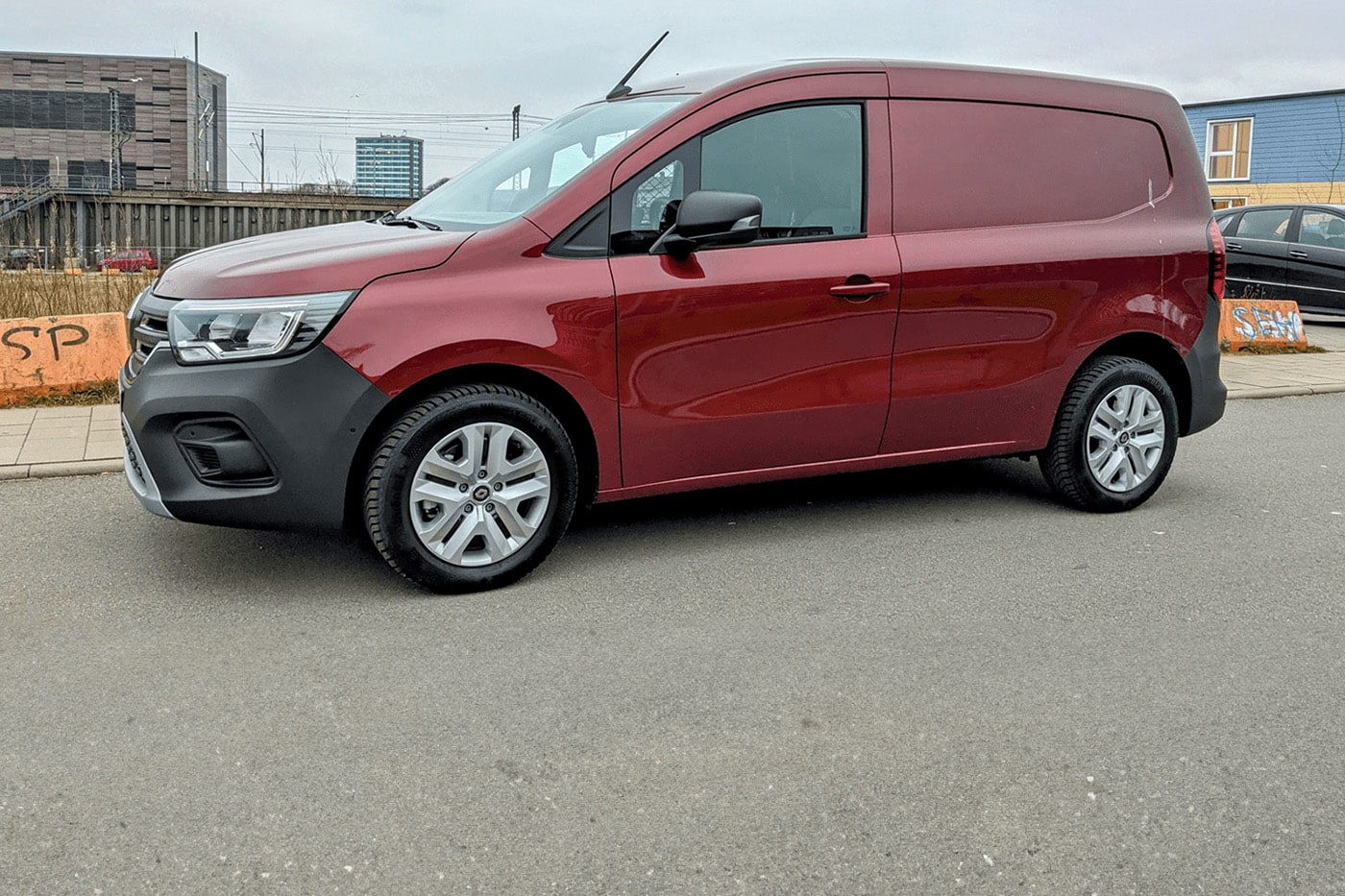
Renault Kangoo Rapid E-Tech ‘Open Sesame’: Not cheap, but good
If you ever get the chance, it is worth trying out a Renault R4 F6. It is the airy and noisy ancestor of the Kangoo. The Citroen 2CV Fourgonnette (“box duck”) hit the roads in 1951. Today’s Renault Kangoo comes in a fully electric version in its second generation. We tried out the commercial vehicle version Kangoo Rapid E-Tech with the add-on Open Sesame.
Panel vans should have space. Renault’s Kangoo Rapid has a loading space volume of 3.3 cubic metres. According to the German vehicle association VDA, standard panel vans usually have 3.9 cubic metres loading space. With an exterior height of 1.86 metres and a width of 1.92 metres, the Kangoo Rapid comes close to typical vans. Only the length of 4.49 metres remains modestly compact.
Open sesame!
Tradespeople rely on closed panel vans for work. They know exactly what their professional requirements are, and how much they need to fit in. For that little bit of extra space, Renault offers the Open Sesame option for around 1,000 euros extra before VAT.
In this case, “Open Sesame,” the famous words of Ali Baba from Tales of A Thousand and One Nights, refers to the B-pillar missing on the right. This extra space, in combination with the passenger door that opens at a 90-degree angle, makes it possible to load large, bulky objects. Extra length is also possible because the front passenger seat can be folded flat to create a plane about three metres long. It’s well worth taking a look.
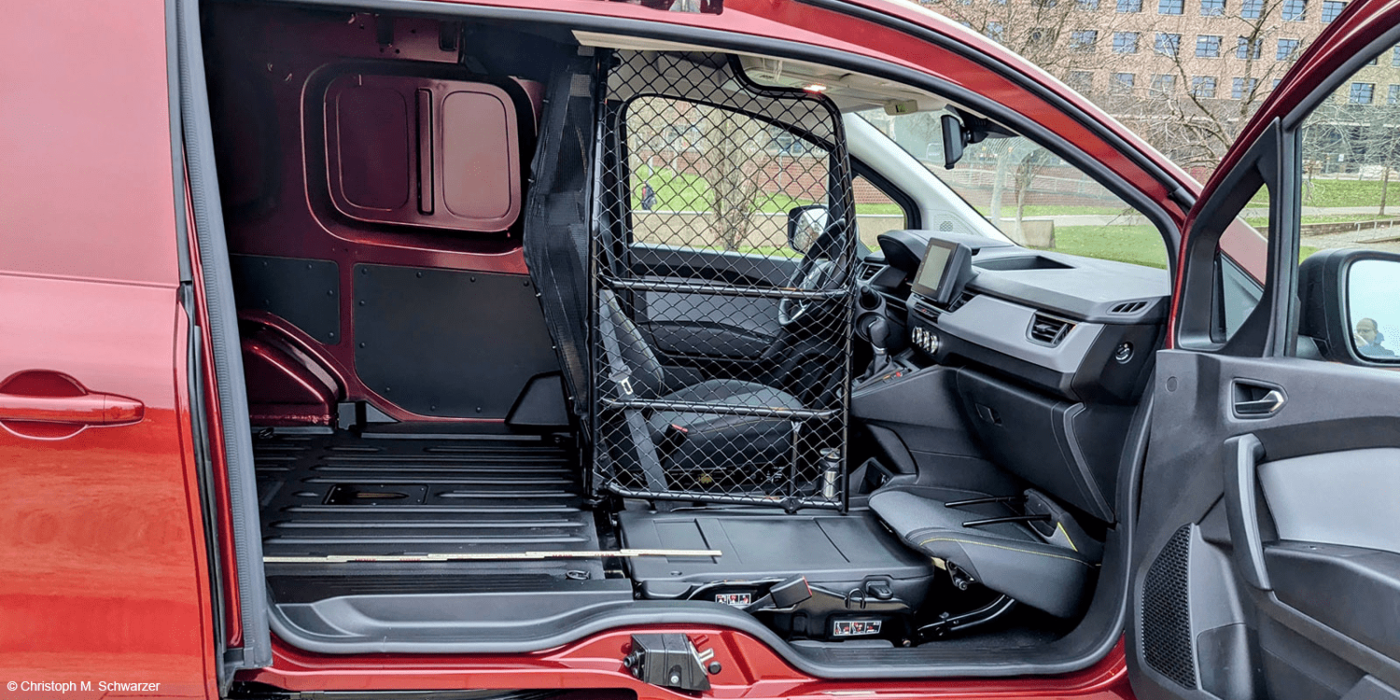
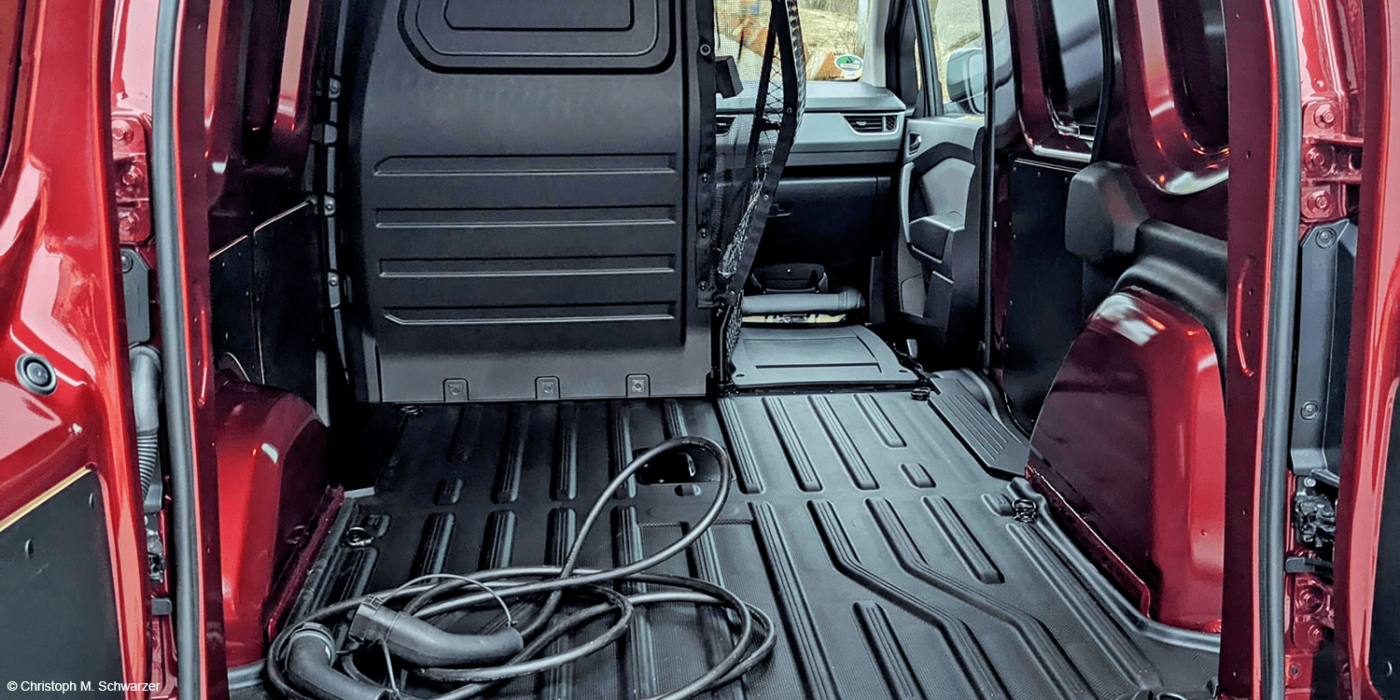
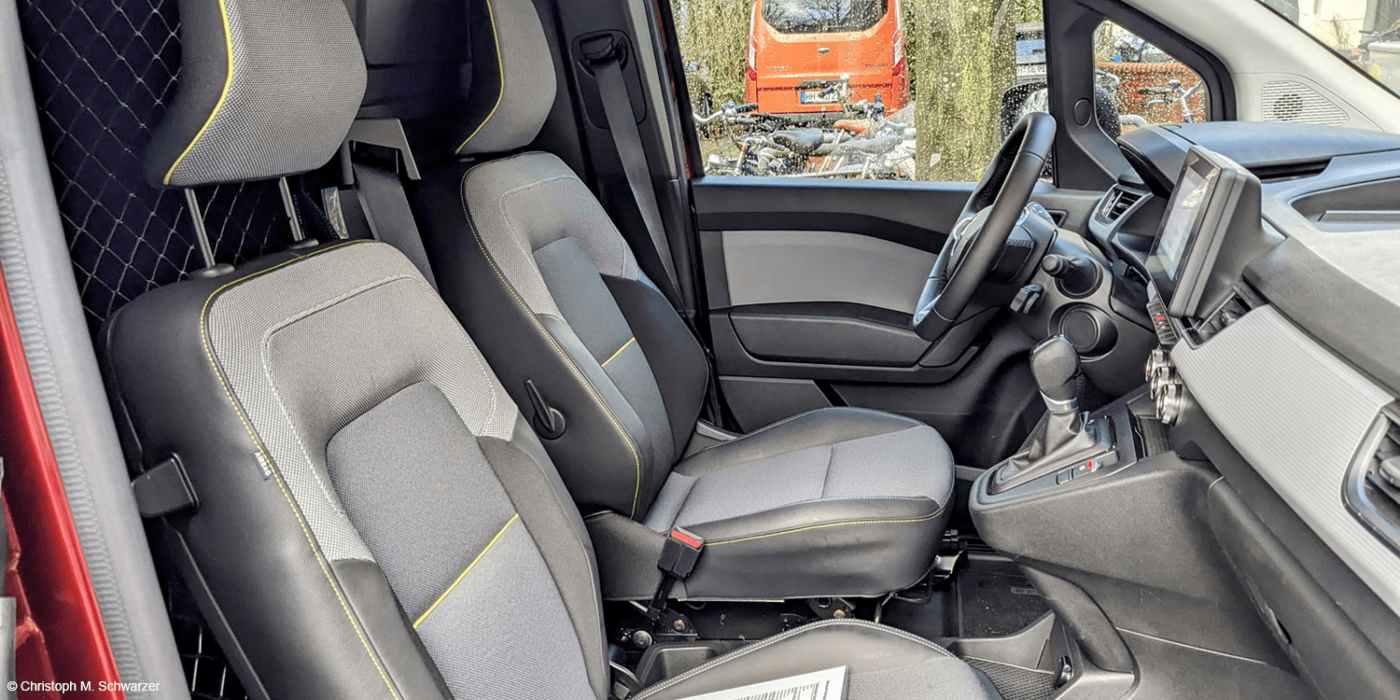
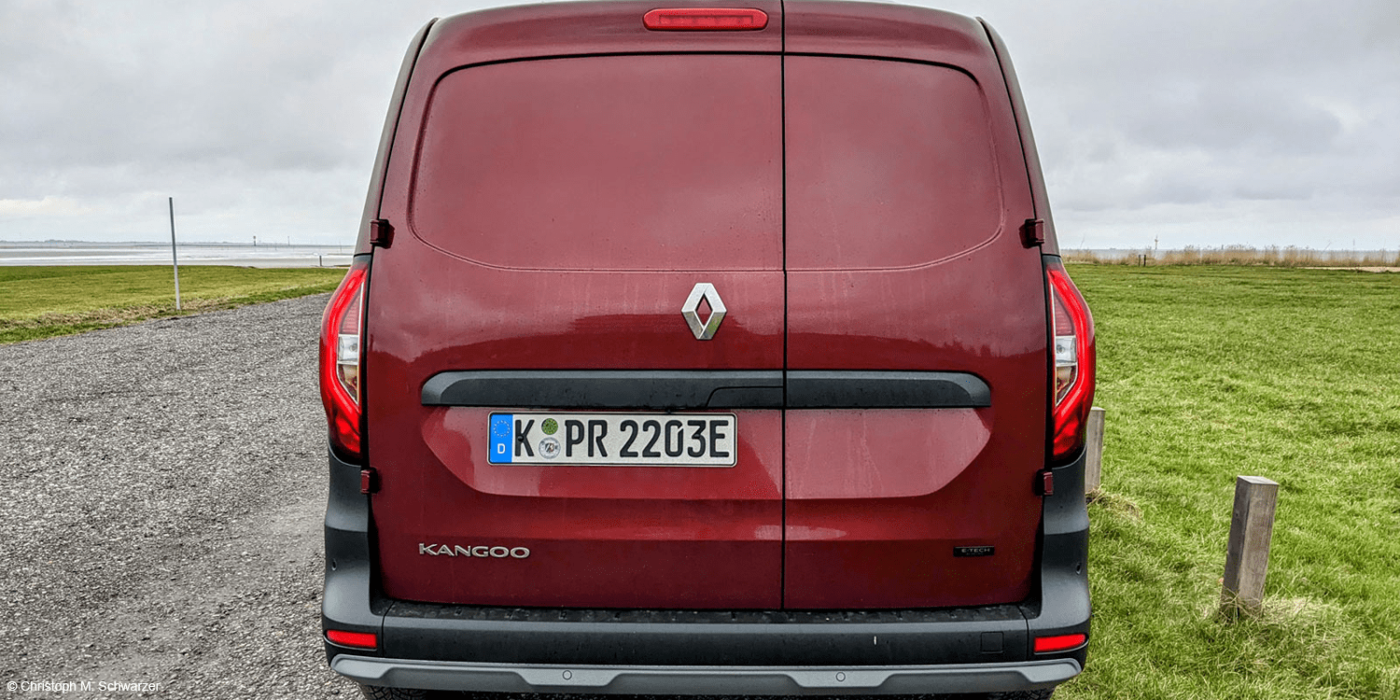
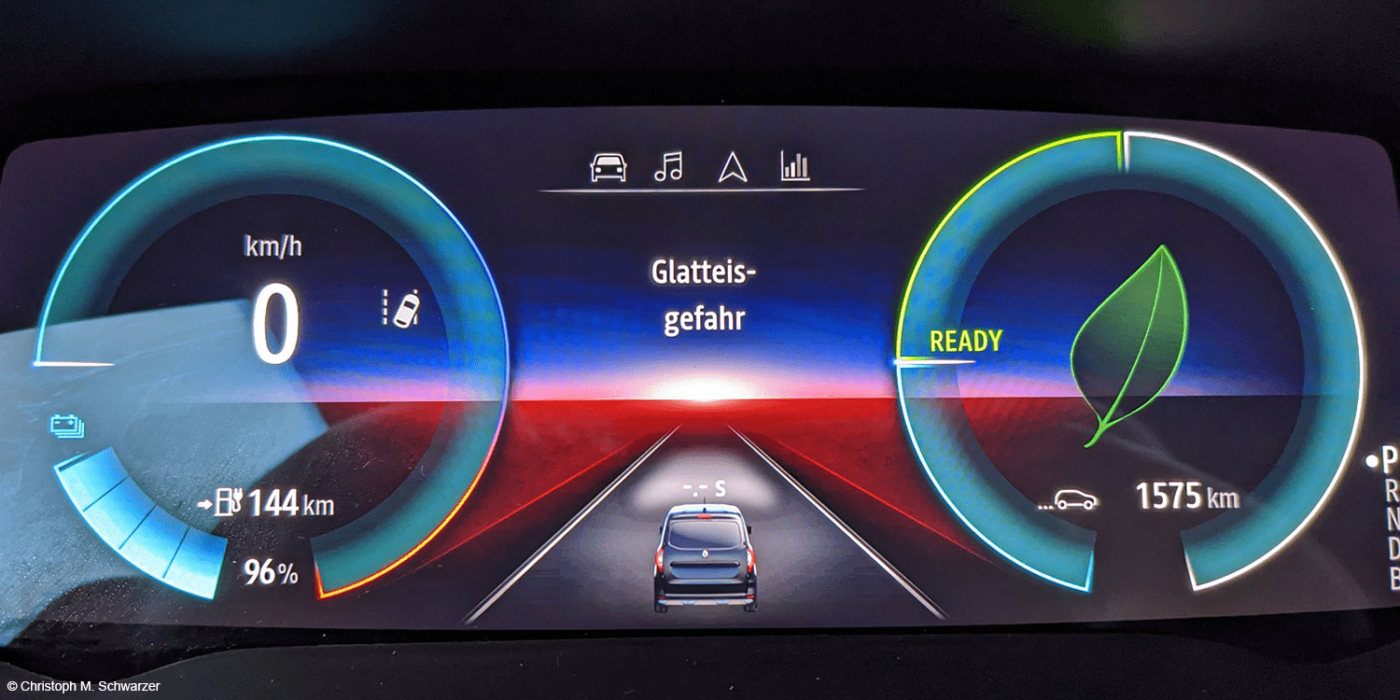
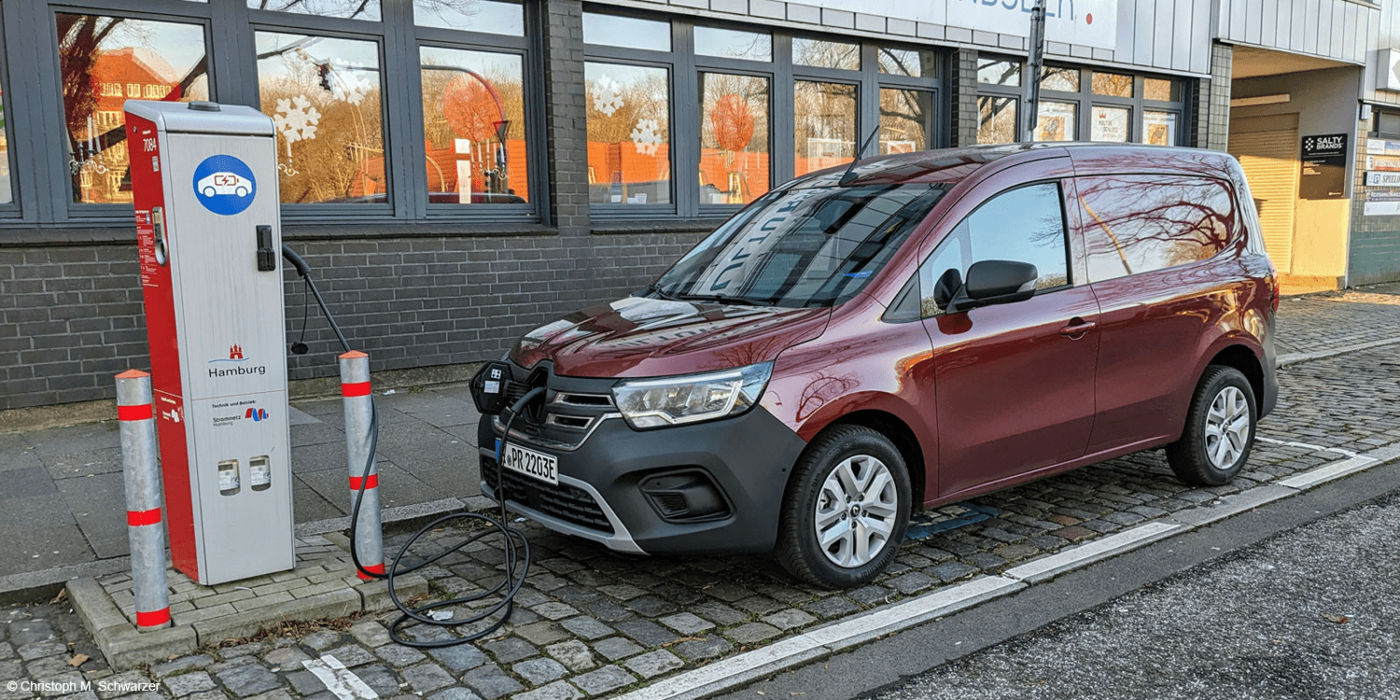
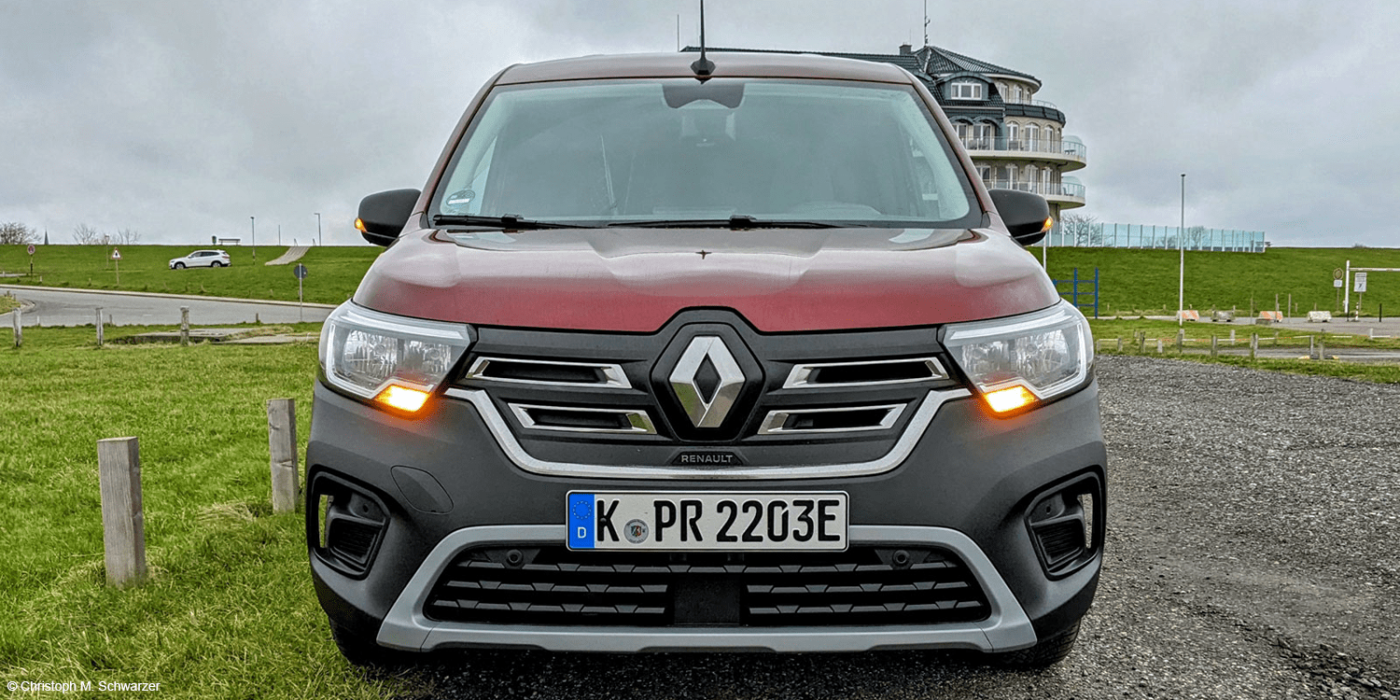
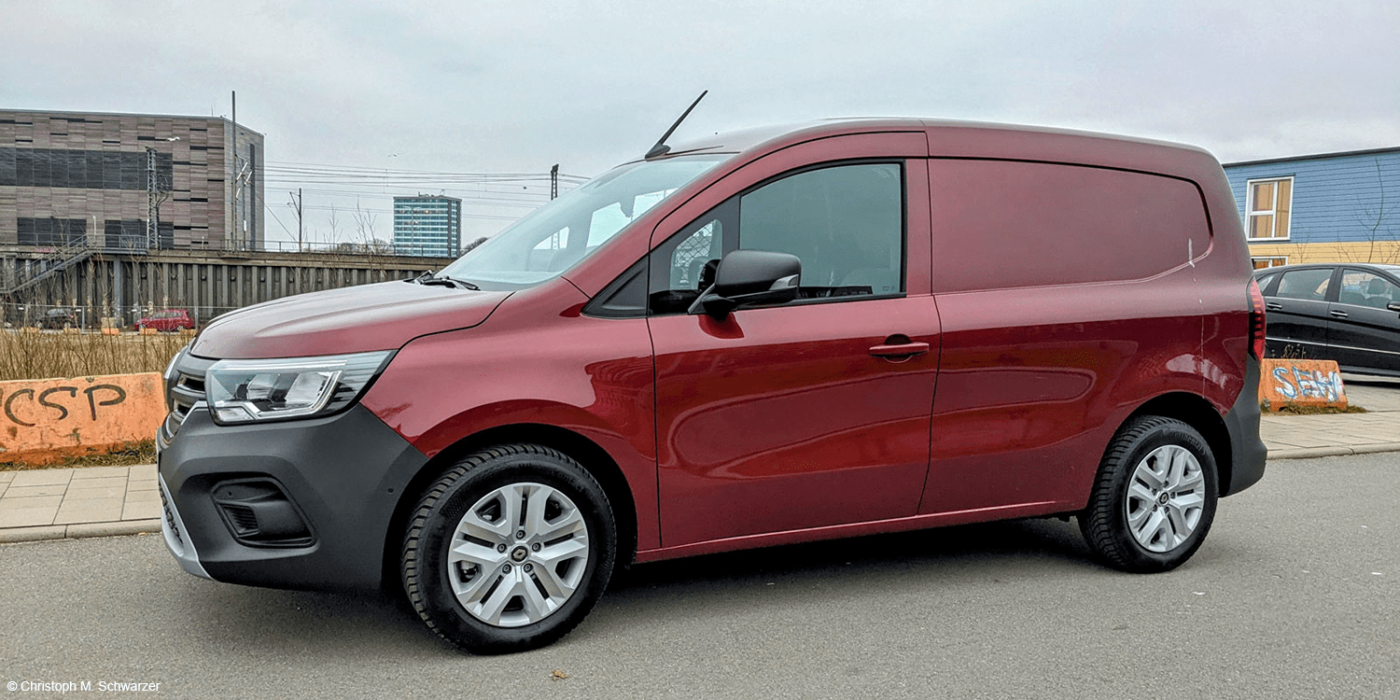
Almost identical to Mercedes
We tested Renault’s Kangoo E-Tech to find out how good the second electric generation has become. The E-Tech is available as a Rapid commercial vehicle or as a passenger vehicle. The same vehicle type is available from Mercedes as eCitan, eCitan Tourer and the luxurious EQT. The powertrain and the body are similar to identical, only the dashboard is different.
The most important competitor is the Stellantis panel van, available from many corporate brands in quite a few versions but always remains the same in terms of content. A likeable vehicle, but one that attracted attention in the practical test because of its high power consumption.
More economical than the Stellantis panel van
Expectations for the Renault Kangoo Rapid were not particularly high in this respect, because vehicles with a large frontal area must inherently have high power consumption. Nevertheless, the Renault clearly proved to be more efficient and economical than its Stellantis competitors.
On the motorway with cruise control set to 120 km/h, the Kangoo Rapid E-Tech consumed between 25 and 27 kilowatt-hours (kWh) per 100 kilometres. The 44 kWh traction battery does not make the Renault a long-distance vehicle, but our test drive showed this to be clearly below a comparable Opel Combo-e, which took around 30 kWh.
Even off the motorway, power consumption was good for such a bulky thing in Germany’s winter temperatures between zero and five degrees. Most of the time, the onboard computer showed between 18 and 20 kWh/100km when driving on open roads or through the city. Over the year, drivers who have to contend with European winters should more realistically expect a range of 150 kilometres instead of the WLTP factory specification of 287 kilometres.
Another thing to keep in mind is that the values we have gathered here refer to the warmed-up car with virtually no load. In ultra-short-distance operation in winter, the power consumption could rise to 60 kWh/100km. Inside, the vehicle should be able to carry 526 kilograms. The towing capacity is 1.5 tonnes, and the roof load is 100 kg.
Charging the traction battery, on the other hand, is typical Renault in the best and worst sense. The Kangoo Rapid has an eleven kW AC charger as standard. For the hefty surcharge of 2,750 euros net, there is the familiar 22 kW charger. We recommend this for all those who want to charge up a few extra kilowatt-hours from any regular AC charging point during their breakfast break. For another 1,000 euros, the Renault is DC-capable with up to 80 kW charging power for fast charging.
We recommend that tradespeople check how long their trips are and how long their standstill times are in order to decide wisely. There is no choice when it comes to the problem of cold weather, which the Kangoo inherited from the Zoe: When the traction battery is completely cooled down, the achievable charging power plummets to five kW. When the system is at normal temperature, on the other hand, everything runs smoothly. Daily users will hardly notice this phenomenon except on a Monday morning in winter temperatures, if the Kangoo Rapid has been out in the cold for two nights.
Not cheap, but good
The test vehicle we tried was equipped to the hilt which was reflected in the net price of 47,455 euros. Many of these extras really aren’t necessary. If you don’t have a rear window, you should at least choose the City Package 3 with reversing camera. Standard, however, is, for example, the automatic climate control, which is basically a parking heater. Pleasant.
Even sticking to the basic price of 33,990 euros, buyers remain a long way from the cheapest Kangoo Rapid with a combustion engine, which is available from 20,450 euros net. The car industry regulates demand through these kinds of prices.
We think this vehicle will still attract many buyers. This is because the E-Tech drives much more comfortably and powerfully than its counterparts with petrol or even diesel engines. Those who can generate their own electricity on-site at the depot, for example, can also significantly reduce running costs. Fleet managers, on the other hand, have long since tended to add a few electric vehicles to a fleet of conventional ones. Collect data, gain experience.
The Renault Kangoo Rapid E-Tech Open Sesame is a modern companion for tradespeople. Easy to handle, practical in real life and with all conceivable options for charging the vehicle and loading all kinds of objects. Whether it is worth the money is something each prospective owner must decide on the basis of their total costs of ownership. If the range is long enough for everyday use, its features are even better than the combustion engine versions.

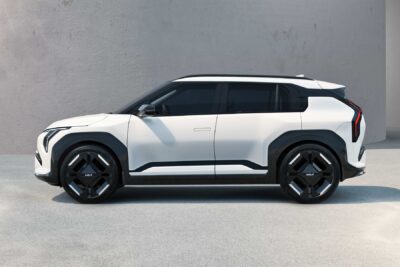
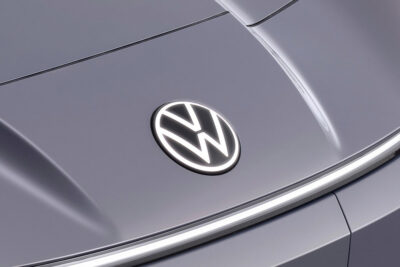
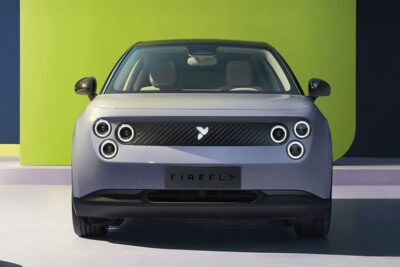
1 Comment